It is best summed up by the comment made to me by Ned Rorem while he was on the faculty at the Curtis Institute. We were walking across Rittenhouse Square, discussing Debussy's opera and he said:
"you know,... It's the only opera."
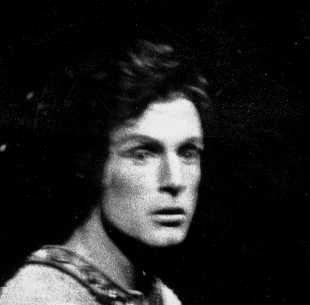
Transcripts of Coaching Sessions with Martial Singher
This passion that I have for Pelléas et Mélisande began when an acquaintance gave me an International edition (dark blue in 1973, now totally fallen apart, crammed with markings) of the piano/vocal score. It is my most prized possession.
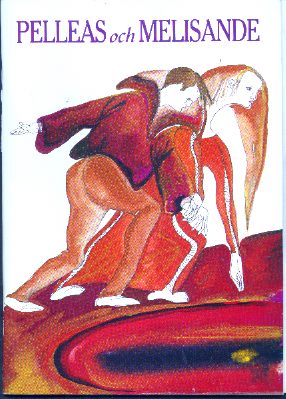
A year later, during my student days at Peabody Conservatory, Flore Wend brought it back into my life for the long haul. Thinking back, I remember asking my voice teacher at the time, Wayne Conner, a former pupil of Martial Singher, which role he would like to debut in at the Met and he said Pelléas² This really convinced me to find out in more detail what this opera was about. I started learning it very slowly at first. Then I started listening to it by buying the Ansermet recording (Wend sings Yniold because she wasn't famous enough like Suzanne Danco) and then an LP of the Met broadcast with Singher, Bidu Sayao and Lawrence Tibbett. I didn't like Singher's singing at the time (didn't find it expressive enough -?!?). I put the score away, and just as Gérard Souzay would warn me in 1981, it took over my life.
The first time I worked with Souzay was in Canada in 1979. He recommended my learning it. The next year in Geneva, he inquired again because He was looking for a Pelléas for an Australian production. I then started learning it vocally. In the summer of 1981, I sang excerpts for him and Jacques Leguerney at Princeton. Boy, was that expensive: the only pianists that can play Pelléas are the most expensive ones
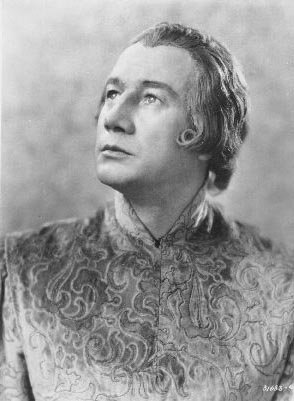
I coached a lot of it with Todd Duncan, accompanied by Margaret Singer. I even wrote the entire vocal part of Pelléas in bass clef to see if it would have a beneficial effect on the top (I think it did). I then put it away for awhile.
As an apprentice with the Santa Fe Opera in 1982, I bravely agreed to sing the final scene of Act IV as my contribution to the Opera Scenes night, attended by important people. It was directed by James Atherton, another former pupil of Singher, and musically prepared by Gary Wedow. The Mélisande was Abbe Sher. Richard Stilwell was singing Dr. Falke in Fledermaus - I was his cover BTW - so Jimmy asked him if he would portray the vocally-silent appearance of the enraged Golaud and murder Pelléas. He unfortunately was to be out of town.
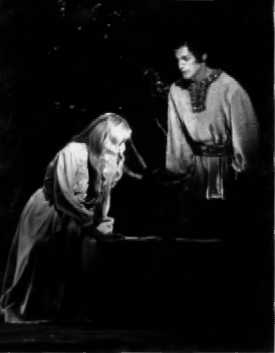
Unfortunate because Richard Stilwell should have come onstage that night and put me out of my misery. It didn't go well at all. The black and white photos are from the scene recital.
In the summer of1984, I attended the Music Academy of the West. At one point, it was announced that Martial Singher had made himself available to coach and stage three French opera scenes. The casts for the Manon, Carmen and Thais were read but my name was not mentioned. I asked if we were not chosen would that mean we would not be able to work with M. Singher and the answer was yes. I immediately arranged to work with him and it turned out to be the greatest four hours of my singing life.

In the fall of 1984, I offered the Tower Scene in the finals of the Toulouse Competition, but the Mab aria was chosen for rehearsal reasons. But I vividly remember practicing the blessed Tower A between the cars of a moving train between Paris and Toulouse because I had had such an experience with Singher that I felt more confident)
A fond memory I have is one of my visits to the retired Flore Wend at her Boheme garret in Montmartre. We played through the score with her singing Mélisande, sometimes making octave adjustments. She would have been an ideal Mélisande, vocally and visually
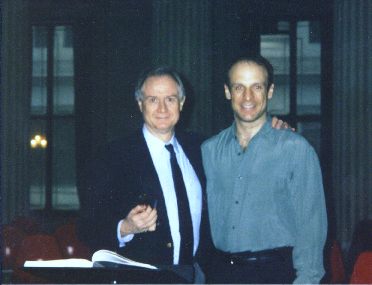
For the next few years, every time I would hear about an upcoming production, I would always try to audition for it or send a tape. I must have two or three different versions of me and my role. In 1991, I coached it wih Michel Singher, andI finally sang the Tower Scene for the first time for Yves Abel. It went pretty well.
The biggest almost-sang-It was in the fall of 1992. Deborah Evry, at the recommendation of Yves Abel, called me to record the Fountain scene with her for an audition tape to be sent to the Royal Opera in Stockholm. I expressed my personal interest in the production and she said she would say something to the conductor, Sixten Ehrling.
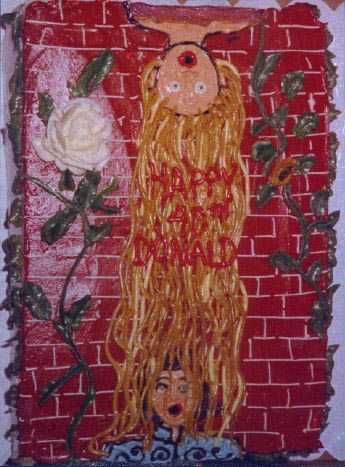
She called me some weeks later and said they wanted a tape. She got the role and coached it with me (singing AND playing that opera is a feat! My parting words to her were ³Call me if you need me.
..They did and she did. I flew over in the horrible snow storm of 93 and sang the Tower Scene onstage the next day. It went surprisingly well. I think, however, I was used to scare the second of two Pelléae into agreeing to learn it. I flew home frustrated but at least I saw the Vasa!
Two years later, I got a flyer in the mail announcing auditions for a concert-version-with-piano" conducted by Michel Singher
Enfin.
Then, in March I was called by the conductor of the Concord Community Orchestra, Richard Pittman to save his Pelléas concert performances. Pelléas A got sick; Pelléas B and C agreed to share the role; Pelléas C couldn't learn it in time; Pelléas D (moi) replaced Pelléas C. I taped both performances and am very happy with the results. The orchestra was excellent.
It took a long time
I sang two complete performances, two excerpted ones and two of the second half of the opera with orchestra, all in concert. And I am sincerely proud.
Go to Ope-ra
Go back to the HomePage